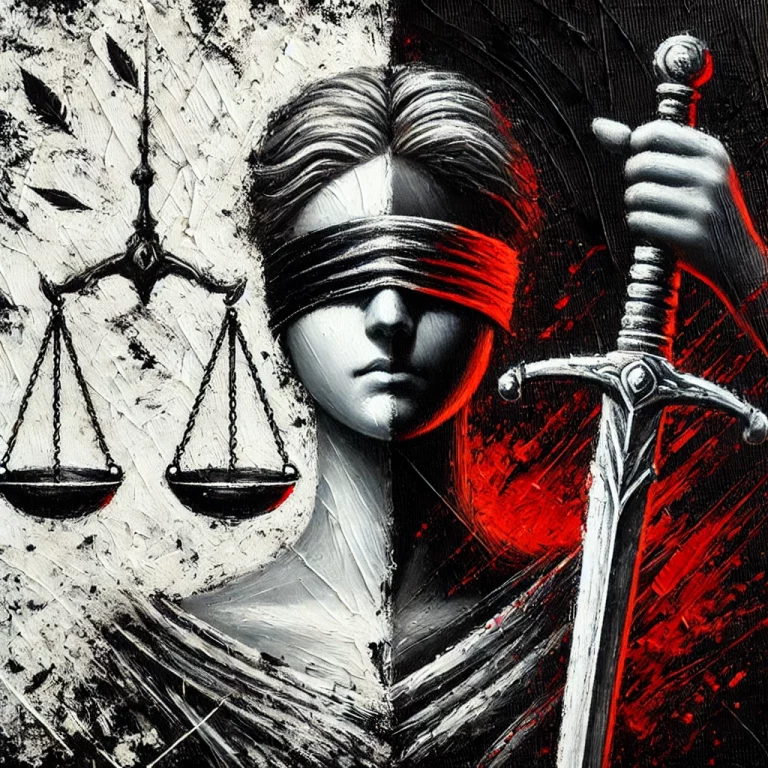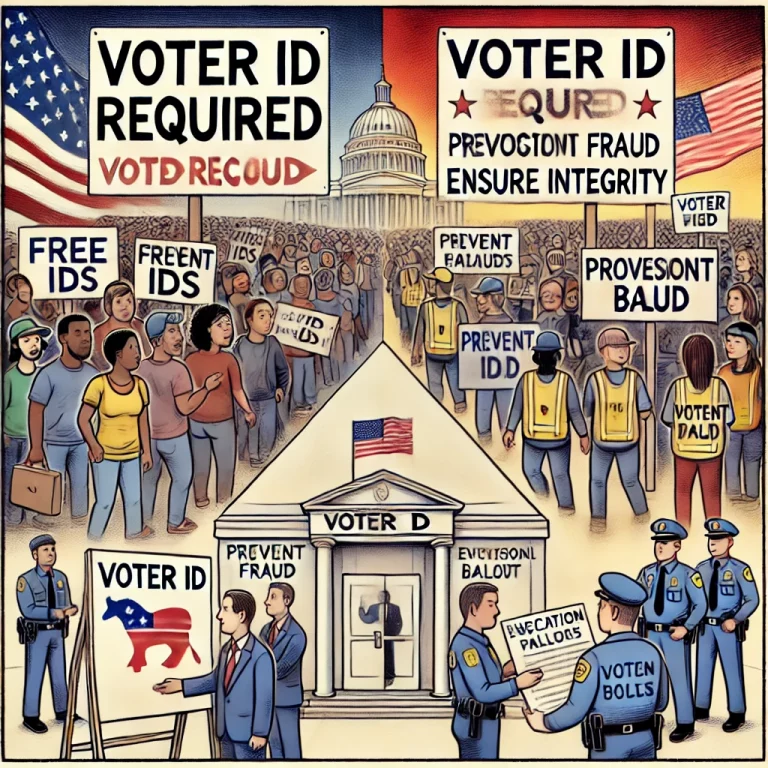Effective strategies for identifying and countering conspiracy theories in today’s digital landscape, include critical thinking to protect yourself from misinformation.
In today’s digital landscape, distinguishing between reality and fiction is more challenging than ever. Conspiracy theories, spreading rapidly across social platforms, not only distort the truth but also foster societal division and mistrust. Addressing these theories requires a deep understanding of their allure and propagation mechanisms.
Understanding Conspiracy Theories
Conspiracy theories present simplistic solutions to intricate events, offering a false sense of insight and control. They tap into the human need for belonging, making individuals feel part of a special group privy to ‘secret’ knowledge. This exclusivity makes the theories particularly sticky and hard to refute once they gain traction.
Strategies to Counter Conspiracy Theories
- Critical Evaluation: Begin by critically assessing the evidence. Beware of ‘cherry-picking,’ where only supportive evidence is acknowledged. Strive for a balanced approach, considering all data before drawing conclusions.
- Debunking Resources: Seek out reputable sources that provide fact-based counters to common conspiracy theories. Approach these resources with an open mind to challenge and refine your understanding.
- Understanding the Framing Effect: Be mindful of how theories are framed. They often exploit emotions and beliefs to gain traction. Identifying these tactics can foster a more critical approach to such theories.
- Challenging Confirmation Bias: This bias leads us to favor information that confirms pre-existing beliefs. Counter it by engaging with views that challenge your own, fostering a more rounded perspective.
- Evaluating Viability: Reflect on the feasibility of a conspiracy theory. Many theories would require impractical levels of secrecy and coordination. Considering these logistical hurdles can shed light on the theory’s likelihood.
- Promoting Transparency and Critical Thinking: Fostering these qualities is crucial in combating misinformation. Encourage questioning and verification of information to develop a defense against deceptive narratives.
Tackling conspiracy theories in the misinformation era demands a comprehensive strategy. By critically evaluating information, engaging with factual rebuttals, understanding biases, and fostering transparency and critical thought, individuals can better navigate the complex terrain of modern conspiracy theories. Though challenging, a collective dedication to these practices can protect public discourse integrity and foster a well-informed community.

How extremists are exploiting the pandemic



